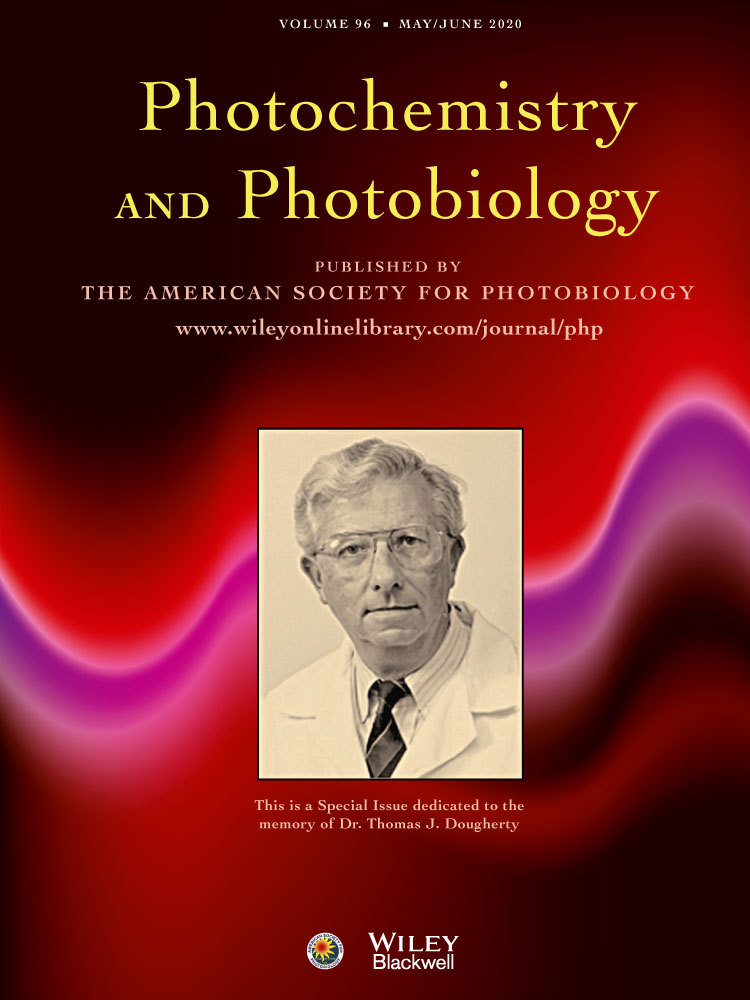|
Autores/as
De las Heras, Elena; Boix-Garriga, Ester ; Bryden, Francesca; Agut, Montserrat ; Bryden, Francesca; Agut, Montserrat ; Mora, Margarita; Sagristá, M.Lluïsa; Boyle, Ross W.; Lange, Norbert; Nonell, Santi ; Mora, Margarita; Sagristá, M.Lluïsa; Boyle, Ross W.; Lange, Norbert; Nonell, Santi
|
Abstract
Active targeting strategies are currently being extensively investigated in order to enhance the selectivity of photodynamic therapy. The aim of the present research was to evaluate whether the external decoration of nanopolymeric carriers with targeting peptides could add more value to a photosensitizer formulation and increase antitumor therapeutic efficacy and selectivity. To this end, we assessed PLGA‐PLA‐PEG nanoparticles (NPs) covalently attached to a hydrophilic photosensitizer 5‐[4‐azidophenyl]‐10,15,20‐tri‐(N‐methyl‐4‐pyridinium)porphyrinato zinc (II) trichloride (ZnTriMPyP) and also to c(RGDfK) peptides, in order to target αvβ3 integrin‐expressing cells. In vitro phototoxicity investigations showed that the ZnTriMPyP‐PLGA‐PLA‐PEG‐c(RGDfK) nanosystem is effective at submicromolar concentrations, is devoid of dark toxicity, successfully targets αvβ3 integrin‐expressing cells and is 10‐fold more potent than related nanosystems where the PS is occluded instead of covalently bound.
|

WoS
Scopus
Altmetrics
 
|
|
Publicación
Photochemistry and Photobiology, May/June 2020, v.96, n.3, p.570-580
|
